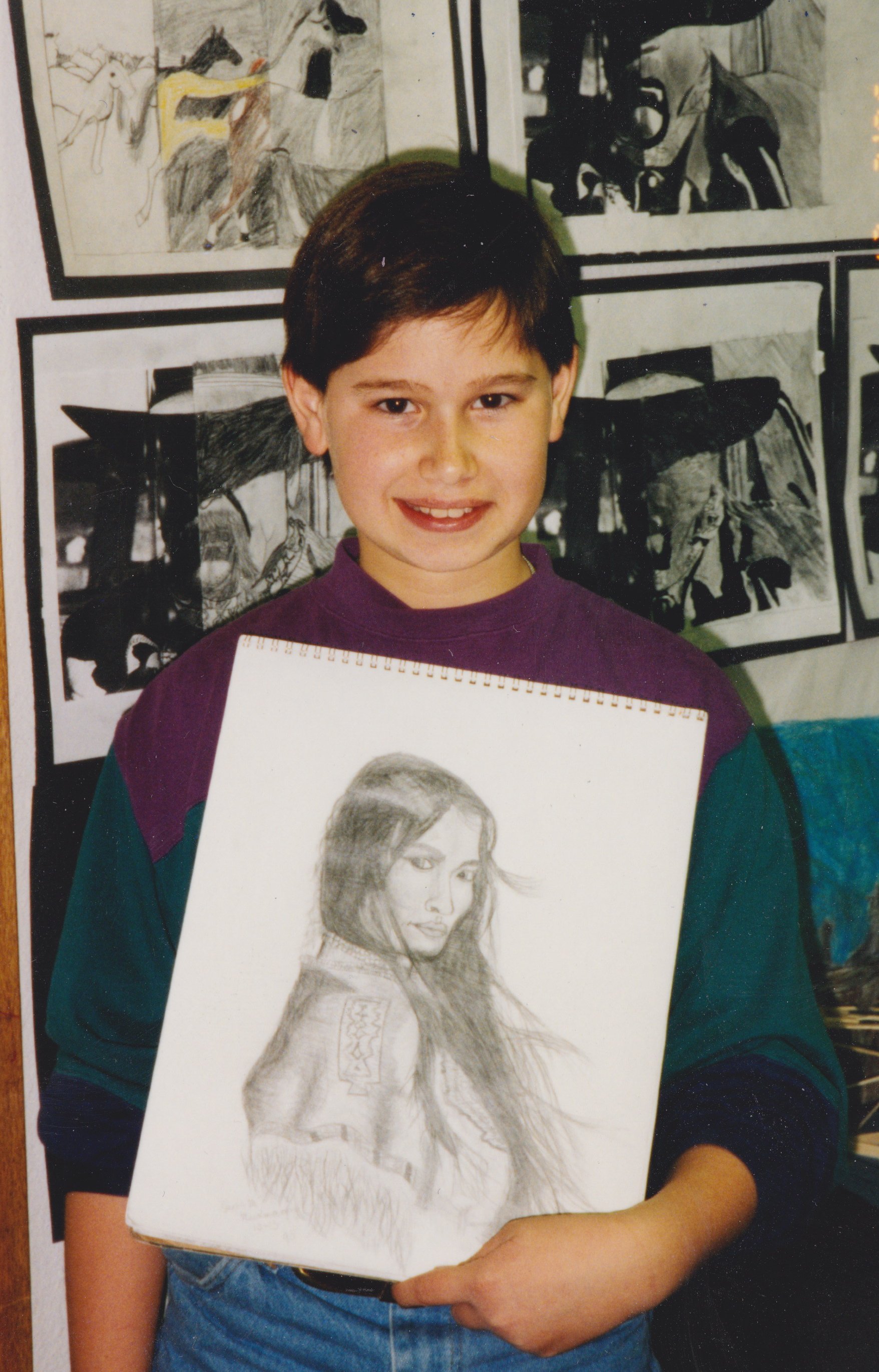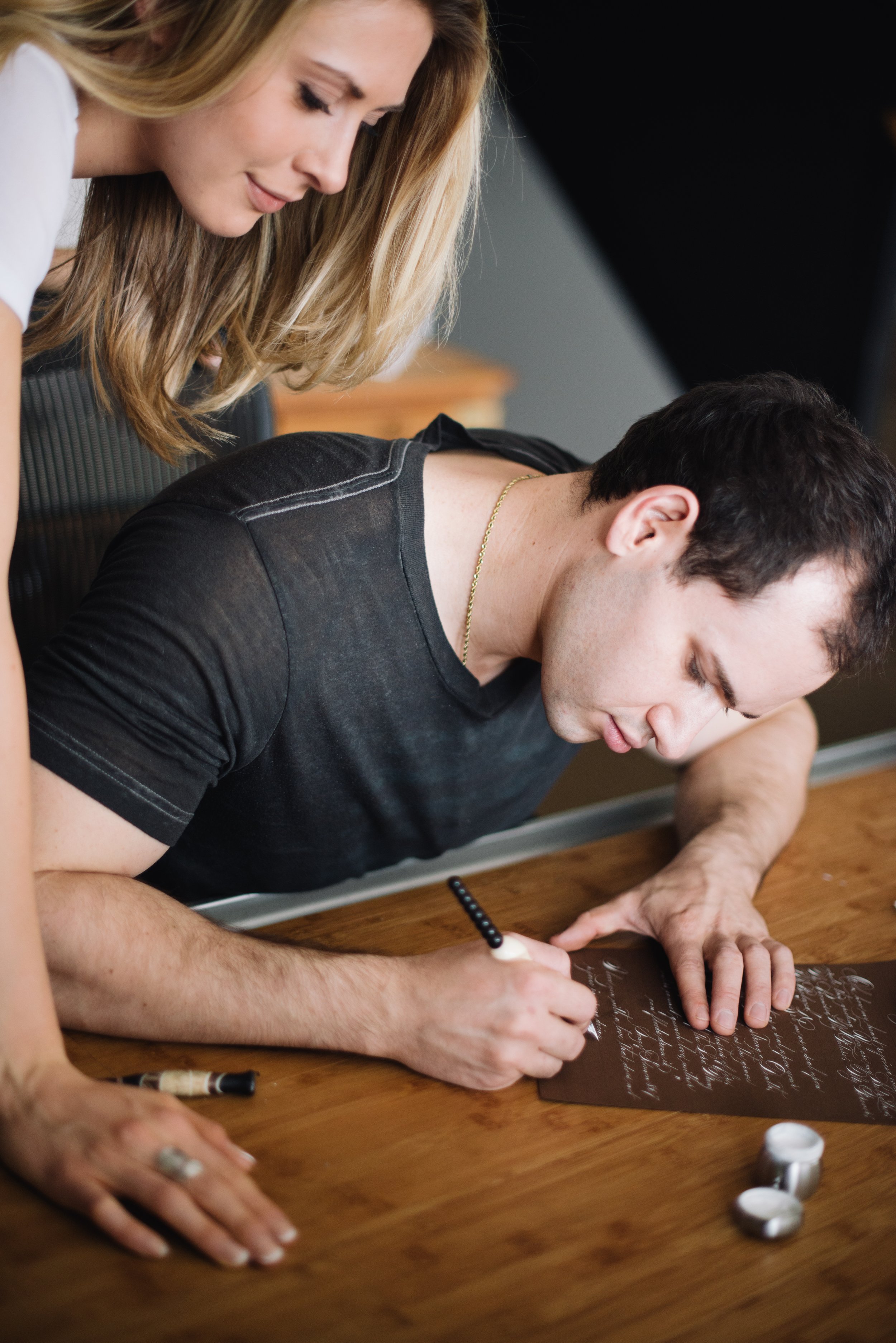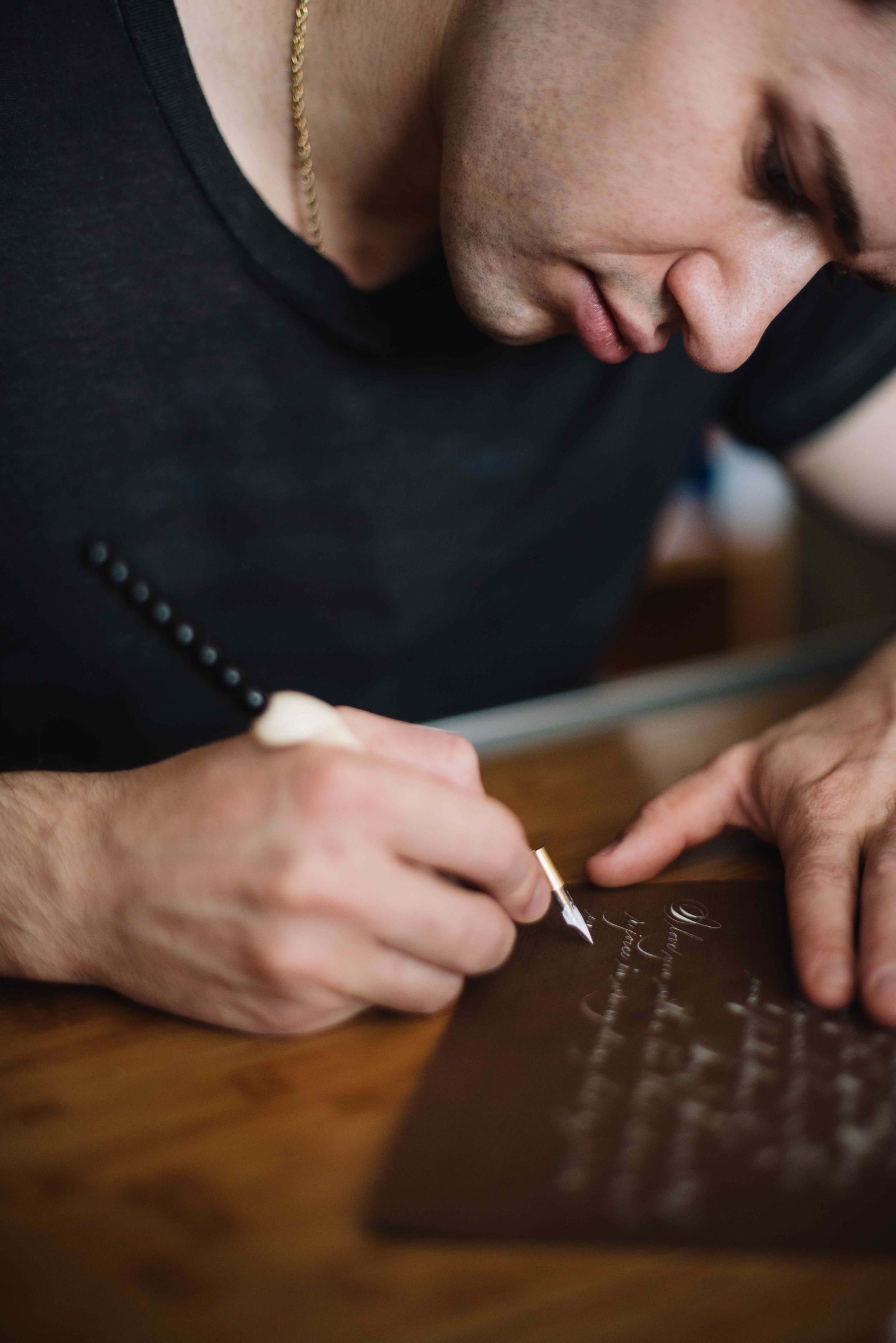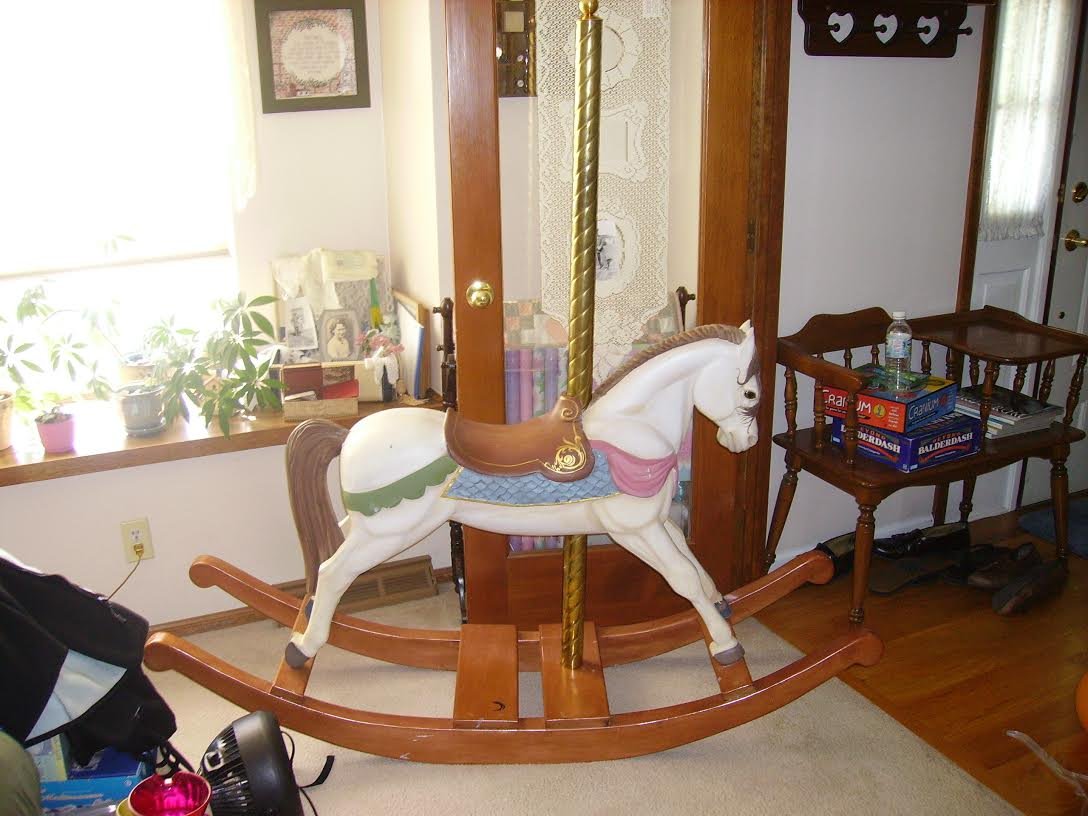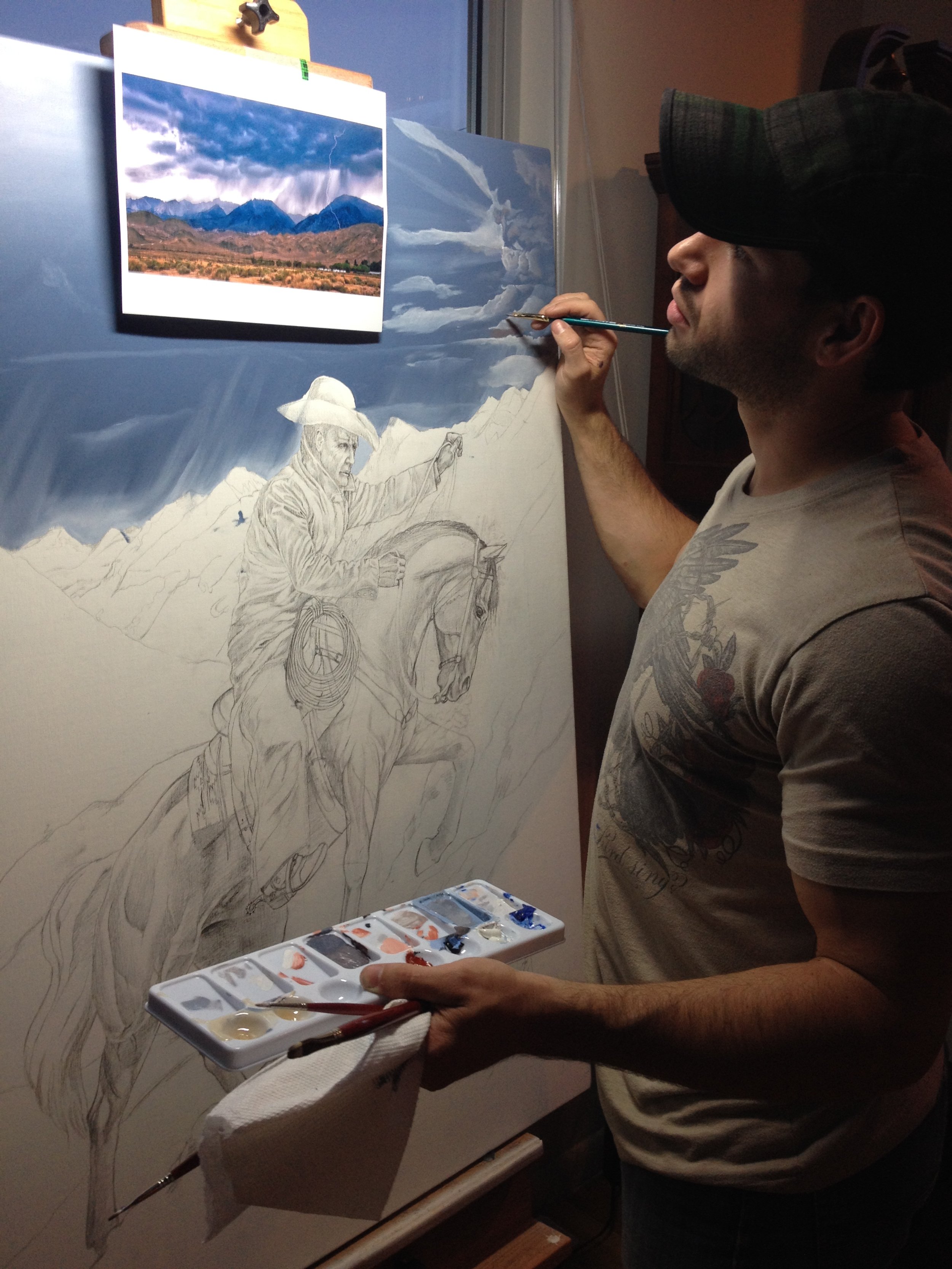Jake’s Story
"A man who works with his hands is a laborer.
A man who works with his head is a craftsman.
A man who works with his hand, his head and his heart is an artist.”
-St. Francis of Assisi
When I was six years old, I came home from school one day to find my house on fire. A short in our family’s toaster-oven started an electrical fire in our kitchen filling our house with smoke and reducing our kitchen to ashes. The small amount of clothes and toys that were not destroyed in the fire had to be decontaminated from the smoke damage and I had little to call my own. A family friend generously gave some stuffed animals to my three siblings and me to comfort us during the transition. Mine was a small stuffed parrot with an elastic loop for feet. This small bird, my pencil and paper were my constant companions and I wanted for nothing more. I was drawing, always drawing and my stuffed friend was always nearby. One day in the first grade I decided to draw my cherished toy before class started. I drew him perched in a tree with a nest of baby birds in the background. My teacher, Mrs. K., looked over my shoulder and praised my work with sweet excitement. She had me write my name on the bottom and she took it from me saying that she wanted to hang it up in the classroom. Three days later I came to school and as I was hanging my backpack up on my hook in the hallway, I looked up to see my drawing on the wall, matted in black construction paper and adorned with a blue ribbon. I had won my very first art competition and I didn’t even know I was entered. It was from that moment on that I would identify myself as an artist.
“If you limit your choices only to what seems possible or reasonable, you disconnect yourself from what you truly want, and all that is left is a compromise.”
-Robert Fritz
As years passed, my skill grew and I would face countless forms of resistance and still my commitment to art held fast. I went on to win several competitions in middle school and high school. My teachers said that they had “nothing that they could teach me” and so I was allowed to “do my own thing.” My art pieces developed me as much as I developed them. This is where the real learning happened. Of course I welcomed anything that anyone would teach me, but I found that being a student does not depend on the presence of a teacher. I learned the power of being self-taught. Each medium became my professor; trial and error was my curriculum; and struggle was my tuition.
“The greatest minds are marked by nothing more distinctly than an inconceivable humility, and acceptance of work or instruction in any form and from any quarter. They will learn from everybody, and do anything that anybody asks of them so long as it involves only toil, or what other men might think degradation.” -John Ruskin, A Joy Forever
The term “artist” permeated my identity and I wanted it to play itself out in all the other areas of my life. I took up acting in high school to learn the artistry of spoken word and expression; I worked on my handwriting tediously so that every time I put pen to paper, beauty was the result; I pursued bodybuilding to sculpt my figure as if it were another one of my art pieces; I became deeply interested in psychology because it to me was the art of thought and relationships. I was becoming an artist through and through.
Jake, 9 years old with pencil portrait of Native American woman.
Psychology became my major of choice in college. I of course looked into art programs, but I found that they did not teach many of the technical skills I did want to learn and they taught many of the deranged philosophies that I didn’t. I also had to face the beliefs of the general public and even some of my loved ones that all artists are starving ones and “it is not a career to support a family on.” While it may have been a lack of courage that led me to my decision, I am so glad that I chose to pursue psychology at Biola University.
I learned how to think differently. I learned how to perceive insecurities and hurts through veils of defense mechanisms. I learned a new capacity for compassion. I learned the broad pallet of human emotion and their complex combinations that give people their color. I learned of people’s deep interconnectedness and influence we have on one another. And I learned about me. Creative people are often imbalanced and function from a place they themselves do not understand- psychology has given me balance and a deeper understanding of my creative capacity. Moreover, it has given me the ability to communicate clearly in the world of art, which is polluted by ambiguity shock tactics. Historically, art was the universal language, used to communicate even to the illiterate. Today, art has in many areas been turned to gibberish, understood by a few and an alienator to the rest. It is my desire to reclaim it to its former glory and psychology has given me the power to do so.
Attending a private Christian college also gave my faith a chance to blossom. I was raised in a Christian home with a deep love for God and I knew from an early age that He was the source of my giftedness as an artist. Being at Biola gave me a chance to get to know God better and to take personal ownership of my faith. I found that I fell in love with this unfathomable creative God and my art became my worship to Him. He was not only the source of my talent, He also became the reason that I do it today. Identifying myself with God as a creator and originator galvanized my relationship with Him in ways I had never thought possible. I know that the work He has done on me inwardly is directly reflected in my artwork.
"Noble art is nothing less than an expression of a great soul; and great souls are not common things.” -John Ruskin, A Joy Forever
Though I was studying psychology and theology, I still found outlets for doing my art. I created a line of t-shirt designs and hand-carved bone necklaces for a boutique in Hollywood. A professor at Biola commissioned me to carve his family crest in a set of Alaskan moose antlers, which still stands as my largest commissioned work.
Almost immediately, I was identified by my professors and peers as “the guy with the amazing handwriting.” I began to get requests for my writing on wedding envelopes and small art projects. With the growing notoriety of my writing I decided to search out old styles of script writing. I stumbled upon a video on the internet of a man, who would later become my mentor, writing script calligraphy with a dip pen that looked like ballet on paper. I was hooked. This would be my new endeavor; this medium would become my next professor. The tuition of struggle was costly for this art form. I was experimenting with all kinds of inks, papers and pens and none seemed to work for me. I taught myself to make pens on the lathe to better serve me in my writing.
I soon discovered the proper combination of writing surfaces and materials. I poured myself into this art form and studied the history of the great men and women who mastered the pen. I learned of the International Association of Master Penmen, Engrossers and Teachers of Handwriting (IAMPETH) a group, which was formed 62 years ago to preserve the art form. I discovered that there were only nine Master Penmen left in the world and I made it my goal to become one. Over the past five years, since joining IAMPETH, I gained a lot of recognition for my work and fast progression in my skill. I have sold over 200 of my hand-made pens to penmen around the world. I have integrated calligraphy into my artwork in ways never done before. And on July 16th, 2011, I received my certificate as the 11th Master Penman in the world. Calligraphy has given me yet another edge as an artist. While a picture is worth a thousand words, I use calligraphy when I am tired of speaking vaguely. Because of the classic and timeless beauty of this art form, I have found that it has the ability to cross generational boundaries and remain timeless. The belief that something becomes obsolete over time is an old idea held by naive people. Calligraphy, though an ancient art form has gained its validity by being tried and tested in the past. I seek to honor that past-not by repeating it, but by giving it new life and relevance in a modern age.
“The work of living men is not superseding, but building itself upon the work of the past.” -John Ruskin, ‘A Joy Forever: The Two Paths’
In all of the art forms that I pursue I strive for excellence. As proper diction is to a great speaker, so technical skill is to me as an artist. But, a great communicator does not repeat enunciation drills when he takes the stage rather, he conveys compelling messages and articulates profound thought. So it is with me and my art. I use the skill in my hand to express the thoughts of my mind and the yearnings of my heart. A good artist is one who has a voice of his own, but a great artist is one who is the voice of those around him.
Through my art I have the ability to identify those common passions, struggles and truths that we all share as humans. I can enlighten the soul through the eyes to the beauty it has grown jaded to. A work of art has that rare ability to be the perfect silent facilitator to conversation. In a world that is flying by, it stands still and constant for all time; preserving within it each thought it conveys. If my art is to be timeless then the truth expressed through it should be timeless as well.
“Talent is power, tact is skill; talent is weight, tact is momentum. Talent knows what to do, tact knows how to do it; talent makes a man respectable, tact will make him respected; talent is wealth, tact is ready money.” -London Atlas
Yours truly,
Jake


